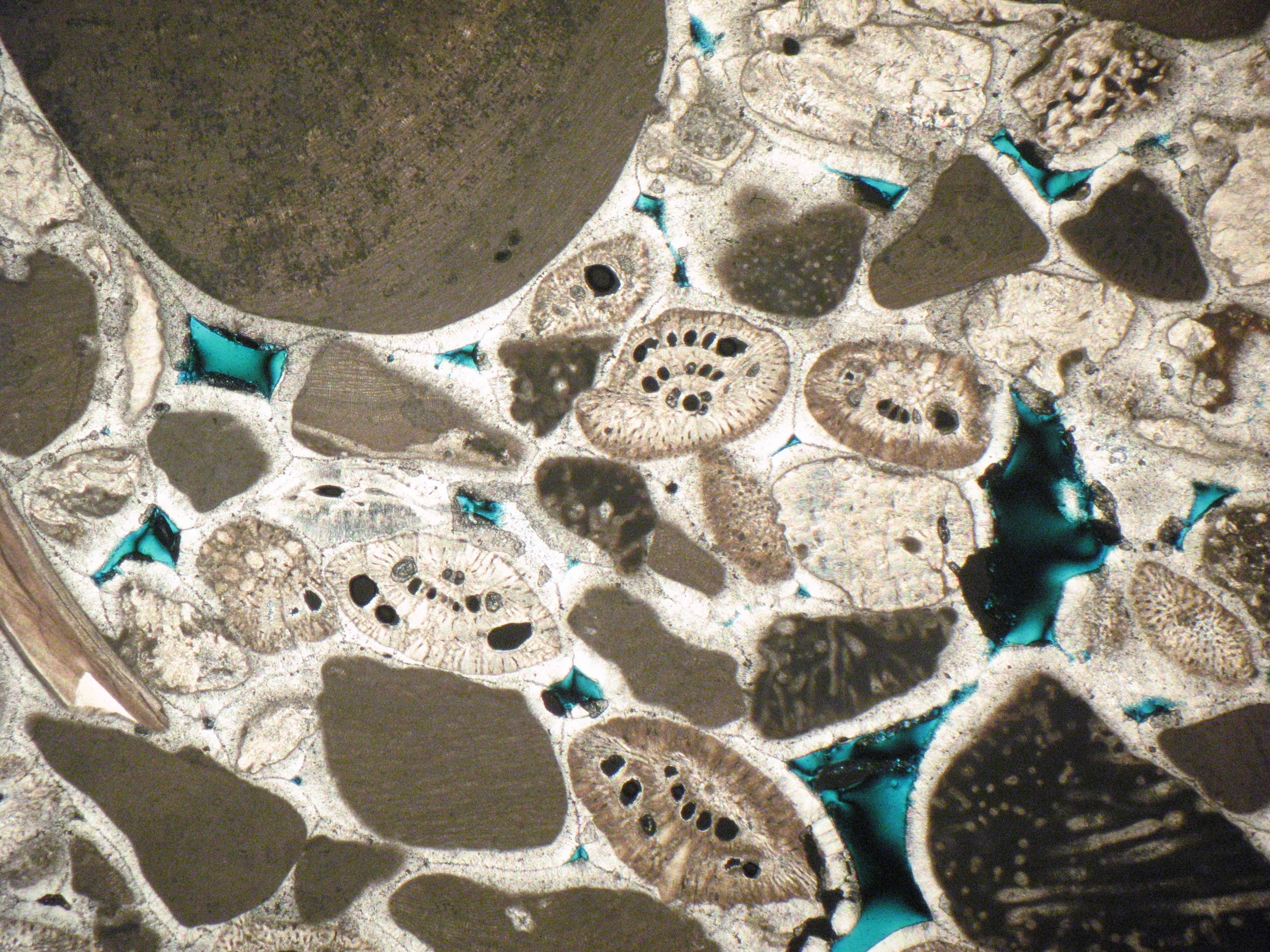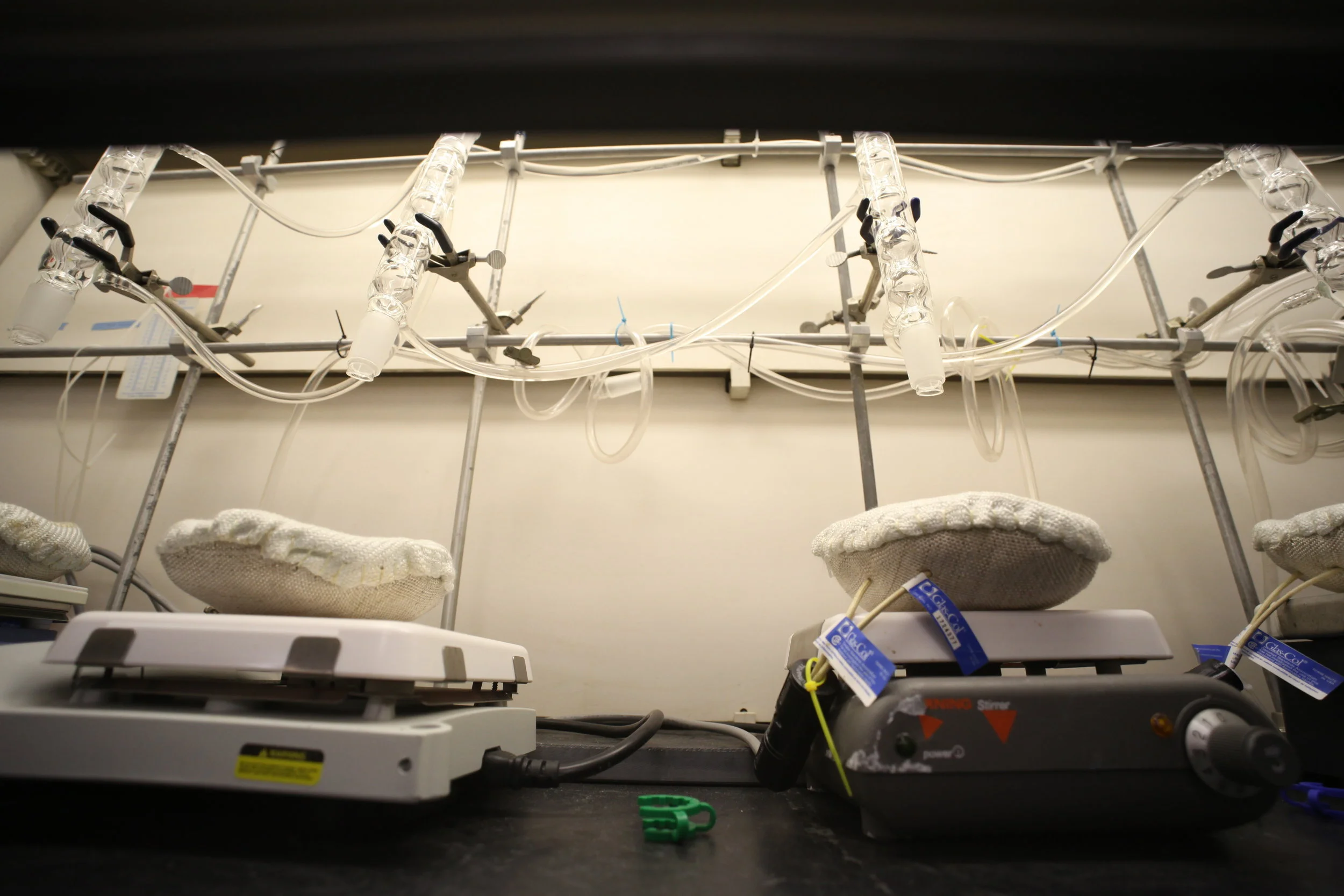Understanding the conditions that control the precipitation and replacement of carbonates can inform us about ancient formational conditions.
Sulfur Geochemistry
We are actively utilizing Sulfur isotopes in both pore waters and sediment to understand sediment diagenesis and redox chemistry. This is an area of active research, considering both the chemical reactions and placing it in a paleoceanography context.
*Reis, A.J., Fichtner, V., Erhardt, A.M., (2022). Insights into Sulfate Reduction and Carbonate Diagenesis on the Southern Campbell Plateau. International Conference on Paleoceanography. Poster Presentation.
Yao, W., Markovic, S., Paytan, A., Erhardt, A.M., Wortmann, U.G. (2021). Oxidation of sedimentary sulfides as a negative feedback to ice-sheet expansion. Earth and Planetary Science Letters, 568, 117015. DOI: 10.1016/j.epsl.2021.117015
*Fichtner, V., Lange, S.M., Krause, S., Borca, C.N., Huthwelker, T., Schurr, S., Immenhauser, A., Erhardt, A.M., Treude, T., Pederson, C., Strauss, H., (2021). Microbial activity affects sulfur in biogenic aragonite. Depositional Record, 00, 1-21. DOI: 10.1002/dep2.133
Carbonate Hardground Geochemistry
Through high resolution analysis of carbonate cements, specifically those from carbonate hardgrounds, I hope to reconstruct the formational pore water chemistry. This is achieved through laser ablation ICP-MS and electron microprobe analysis. My overarching goal is to reconstruct seawater chemistry throughout the Phanerozoic.
Erhardt, A.M., Turchyn, A.V., Dickson, J.A.D., Sadekov, A.Y., Taylor, P.D., Wilson, M.A., Schrag, D.P. (2020). Carbonate hardgrounds suggest persistence of low Mg/Ca oceans over the Phanerozoic, Geochemistry, Geophysics, Geosystems, 21, e2019GC008448.
Erhardt, A.M, Turchyn, A.V., Bradbury, H.J., Dickson, J.A.D. (2020). The calcium isotopic composition of carbonate cements: A record of sedimentary carbonate precipitation and ocean chemistry? Chemical Geology, 540, 119490. https://doi.org/10.1016/j.chemgeo.2020.119490


